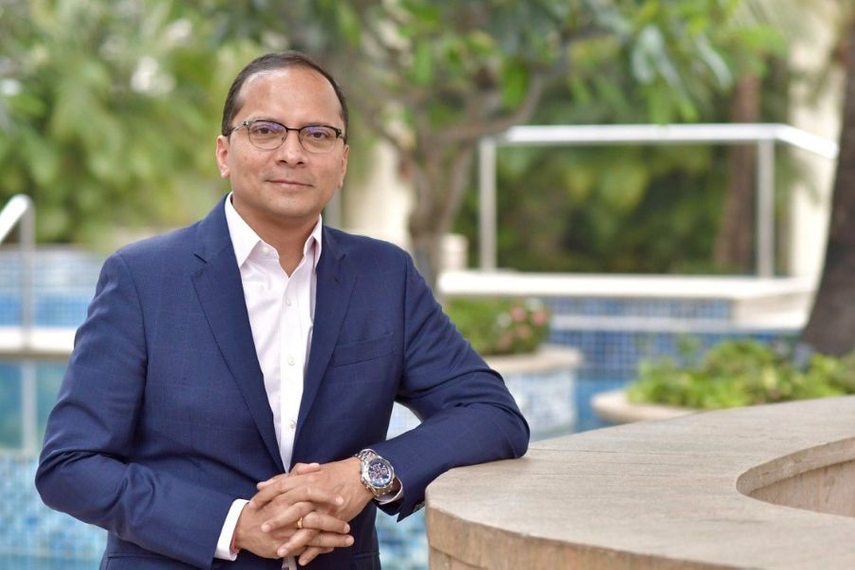
Please sign in or register
Existing users sign in here
Having trouble signing in?
Contact Customer Support at
[email protected]
or call+852 3175 1913
Campaign speaks to Rana Barua, Havas' group CEO for Southeast and North Asia, on his expanded role beyond India, exploring the potential for strategic alliances in APAC, and why AI is now an inevitable part of life.

Contact Customer Support at
[email protected]
or call+852 3175 1913
Top news, insights and analysis every weekday
Sign up for Campaign Bulletins
These brands saw jumps in advertising awareness in Australia in May onYouGov's BrandIndex, led by Budget Direct and its 'Balloons' campaign.
OMD APAC kept competitors on their toes with major account wins, standout campaigns, and a clean sweep of top industry awards. But with the incoming complexities of the Omnicom-IPG merger, questions remain about its next phase of growth—and how integration could reshape its market edge.
WPP, Bastion, Edelman, and more, in our weekly collection of people moves and account news.
Enkhbayasgalan Tungalag reminds the industry that world-class ideas can be born in yurt camps as easily as Madison Avenue; it’s time the global stage paid attention.